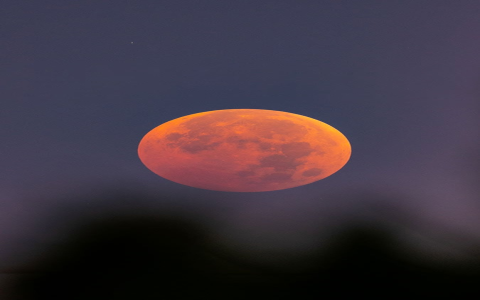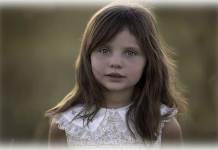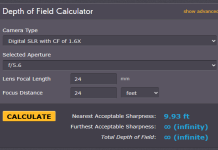Okay, so, the super moon was coming up, and I really wanted to get a good shot of it. I’ve tried before, but my photos always ended up looking like a blurry, overexposed mess. So, this time I thought, “Should I try using filters?” That was the big question going through my head.
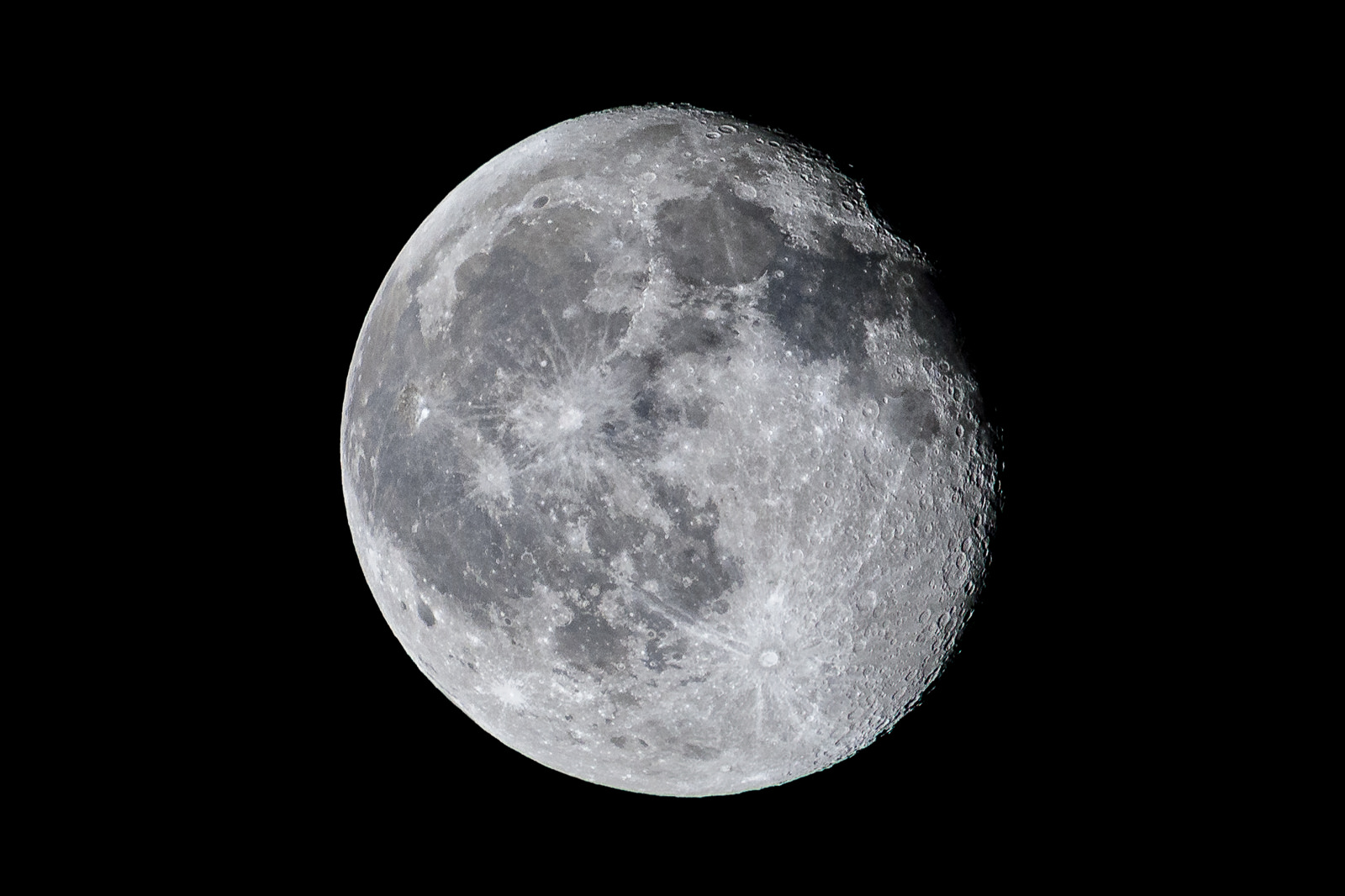
First, I grabbed my camera and all my gear. I’ve got a decent DSLR and a couple of lenses, including a telephoto one that I hoped would help me zoom in nice and close. Then I started rummaging through my old box of filters. You know, the ones I bought years ago and barely ever used.
I found a few that seemed like they might be useful. There was a polarizing filter, which I vaguely remembered was supposed to reduce glare. And a neutral density filter, which is basically like sunglasses for your camera, it reduces the amount of light coming in. I also dusted off my tripod, because a steady camera is super important when you’re shooting something far away, and you don’t want any blurry photos.
I set up everything in my backyard a couple of hours before the moon was supposed to rise. I mounted my camera on the tripod, attached the telephoto lens, and started playing around with the filters. I screwed the polarizing filter onto the lens and took a few test shots of the sky. Honestly, I couldn’t really see much of a difference. Maybe it cut down on the glare a little, but it wasn’t a huge change.
Next, I tried the neutral density filter. This one was more noticeable. It definitely darkened the image, which I figured might be helpful to prevent overexposure when the bright moon came out. I fiddled with the camera settings, adjusting the shutter speed and ISO, trying to find a good balance.
As the moon started to rise, I snapped a bunch of photos, some with the filters and some without. I experimented with different settings, bracketing my shots to make sure I got a range of exposures. It was a bit of trial and error, to be honest. I was constantly checking the photos on the camera’s screen, zooming in to see if they were sharp and properly exposed.
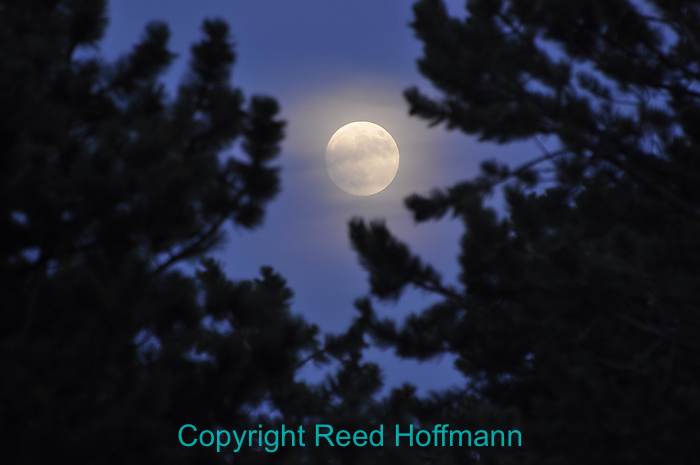
- With the polarizing filter: I didn’t see any real effect.
- With the neutral density filter: It was helpful to get the brightness down.
- Without any filters: I got some okay shots, but I had to be careful not to overexpose.
After a good hour of shooting, I packed up my gear and headed inside to see what I had captured. I transferred the photos to my computer and opened them up in my editing software. I was actually pretty pleased with some of the shots. The moon looked big and detailed, and I managed to get a nice glow without blowing out the highlights.
So, did the filters make a difference? Well, the neutral density filter definitely helped to control the exposure, allowing me to use a slower shutter speed and get more detail. It wasn’t a night-and-day difference, but it was noticeable. As for the polarizing filter, I’m not so sure. Maybe it helped a tiny bit with the glare, but it wasn’t a game-changer.
In the end, I realized that the most important things were using a tripod, a telephoto lens, and getting the exposure settings right. Filters can be helpful, but they’re not a magic bullet. It’s all about experimenting and finding what works best for you and your gear. I definitely learned a lot from this little experiment, and I’m excited to try shooting the moon again sometime. Maybe next time I’ll try stacking a couple of filters and see what happens!

